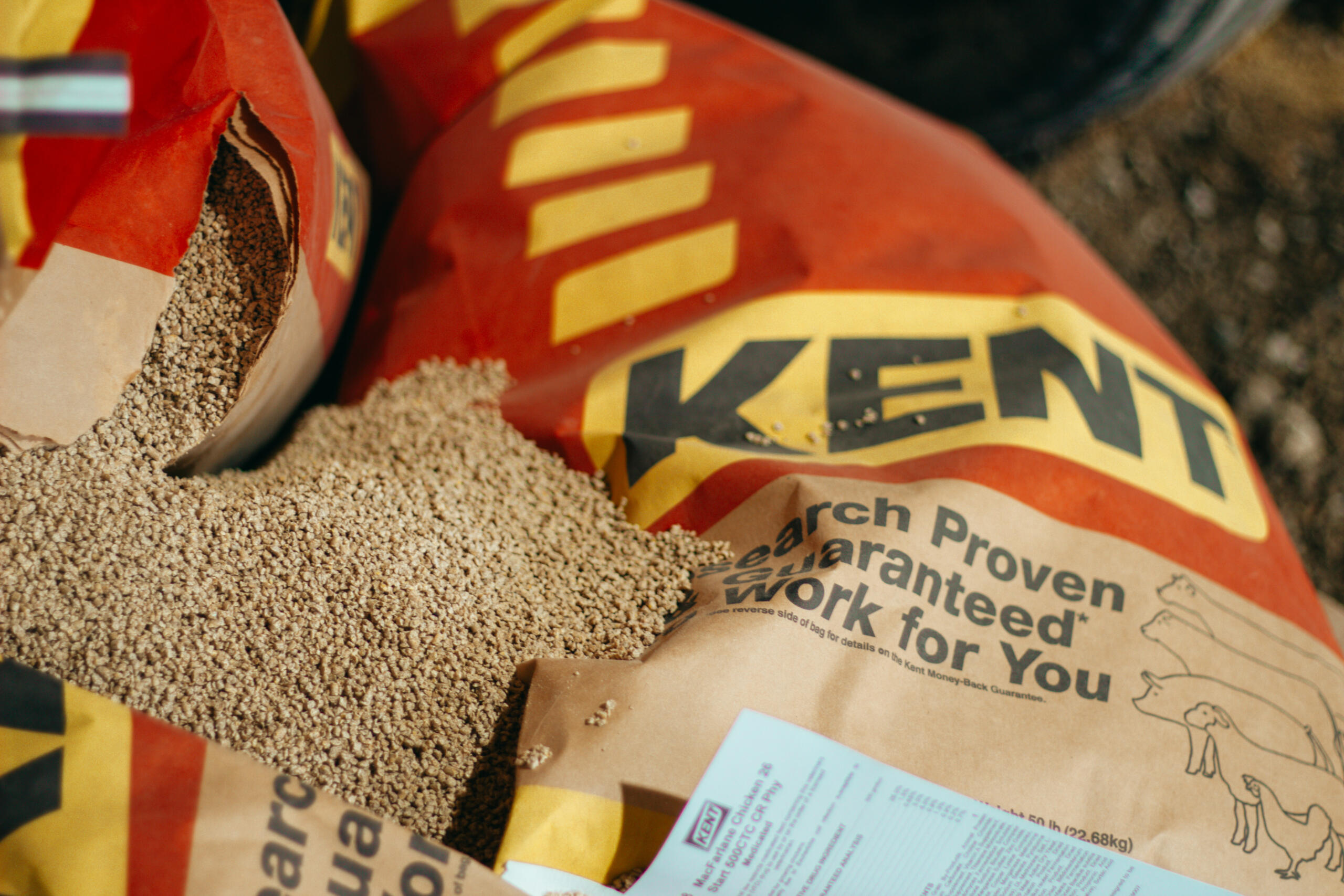
Working with Your Nutritionist and Feed Company to Formulate Ideal Pheasant Feed
Formulating quality pheasant feed is essential not only for the health and performance of your birds but also for cost savings on your farm. Working closely with your nutritionist and feed company to make the right choices ensures each stage of the feed program meets your pheasants' specific needs while [...]
Read Post
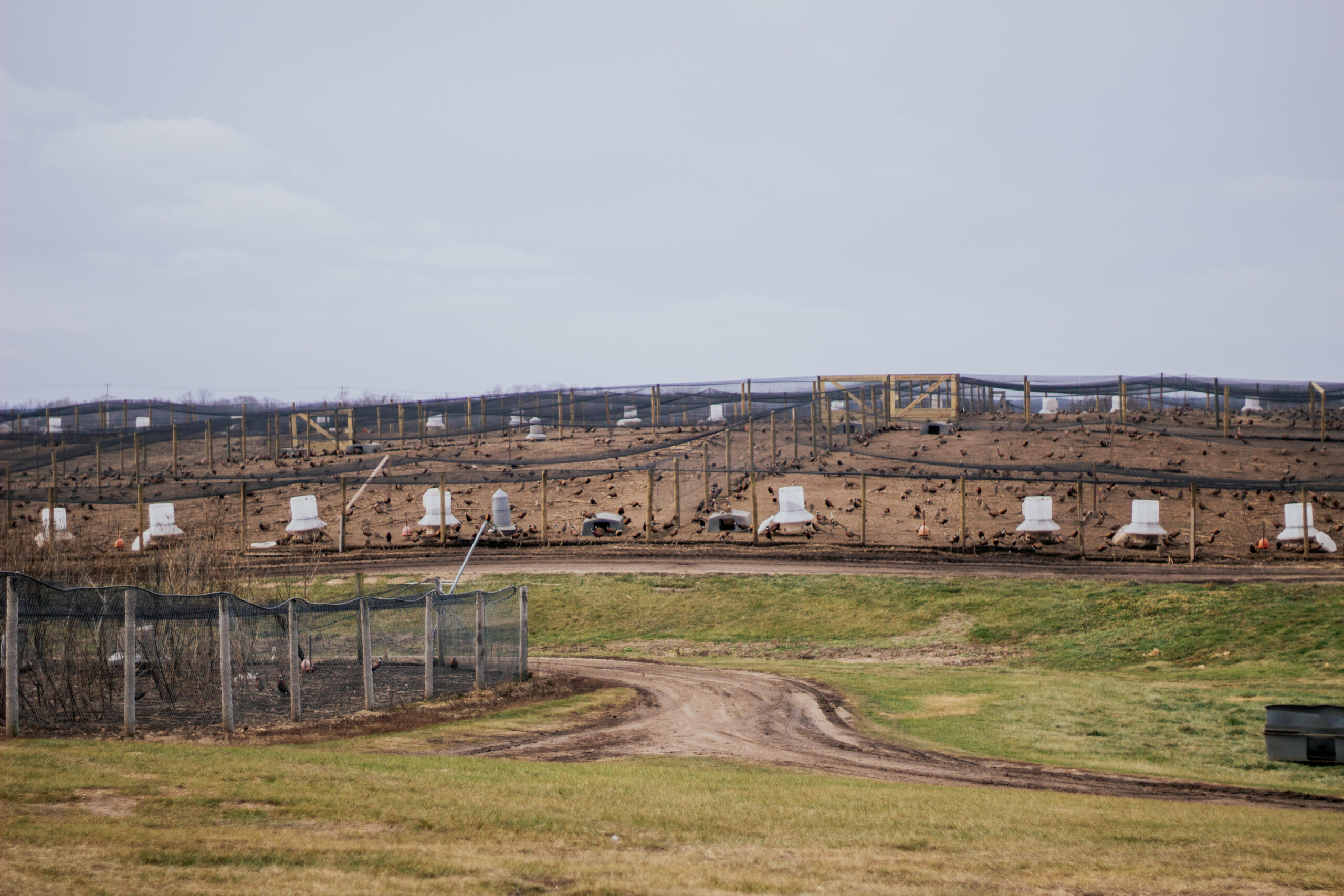
Preparing Our Barns & Pens Each Spring
At MacFarlane Pheasant Farm, the arrival of each new season brings with it a fresh set of challenges and opportunities as we prepare our barns and pens for the incoming batches of pheasants. We're committed to keeping things safe, clean, and running smoothly. This post details our carefully crafted process [...]
Read Post
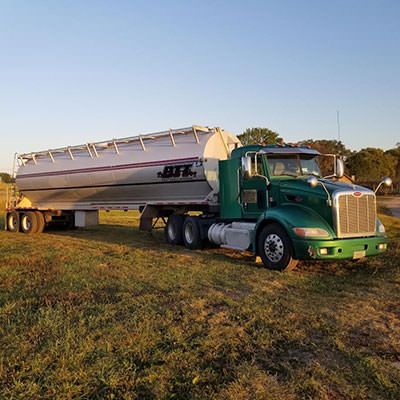
How Do We Manage the Cost of Feed at MacFarlane Pheasants?
We manage the price of feed at MacFarlane Pheasants in a couple of different ways. It is essential to watch the commodity markets and establish contracts when prices are as low as we think they will get for the year. Lower markets translate into lower prices. We also use our [...]
Read Post
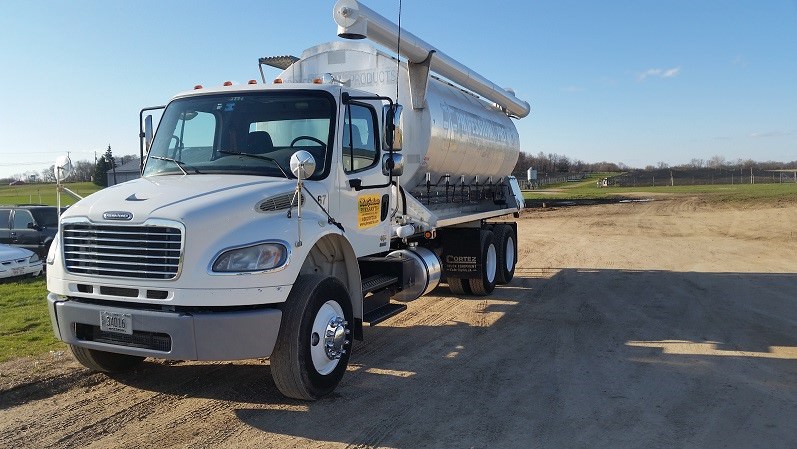
Healthy Game Birds Require High Quality Feed
You can depend on MacFarlane Pheasants to feed the pheasants and other wild birds they raise, the highest quality feed available on the market. MacFarlane Pheasants is a family owned pheasant business. It was started 91 years ago by Ken MacFarlane, Bill MacFarlane’s uncle. After his passing, Don MacFarlane, Bill’s [...]
Read Post
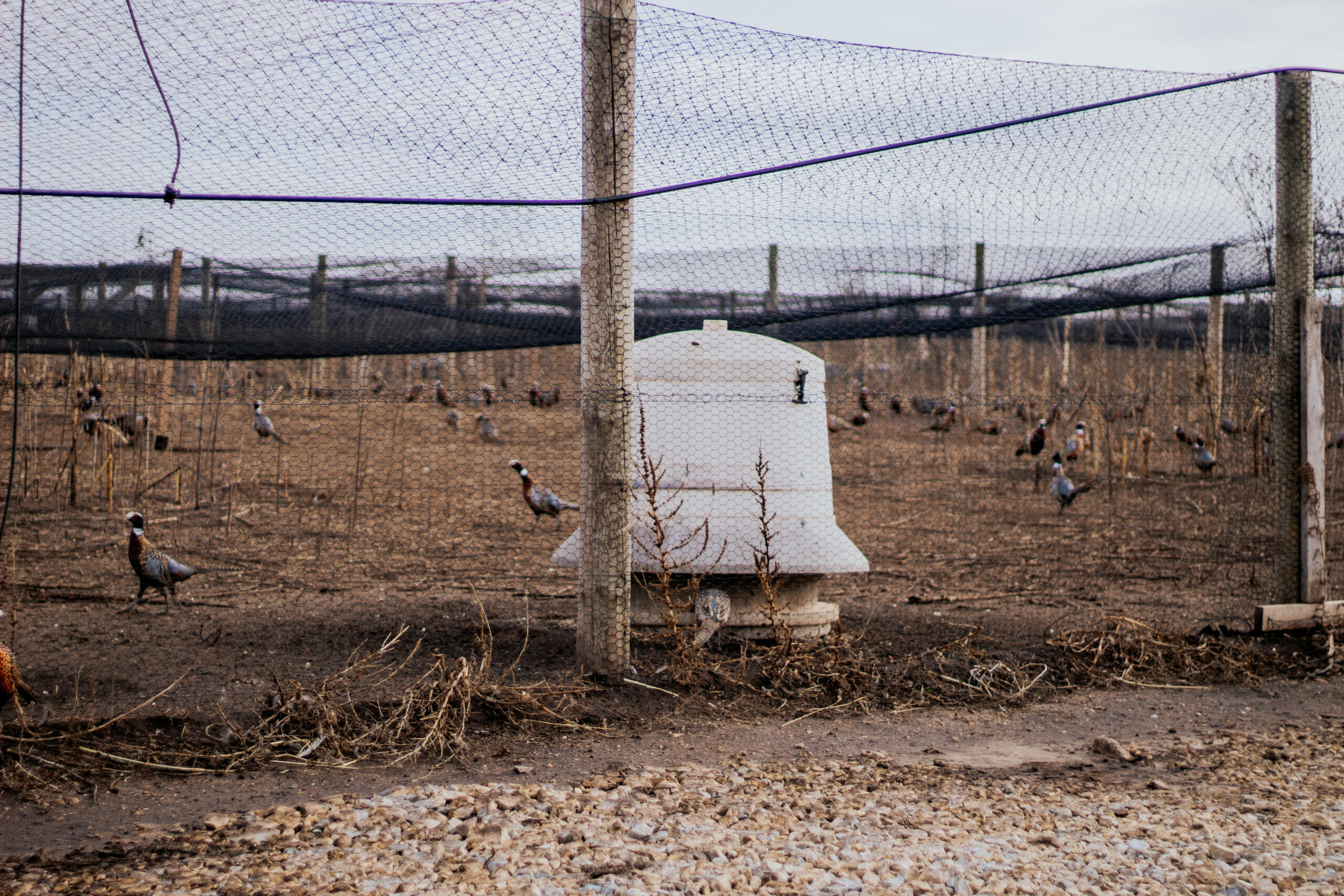
Fixing Feeder Issues in The Outside Pens
Feeding gamebirds is a science. Making sure you are offering your birds the correct protein percentage will help you raise the highest quality game birds. Gamebirds need the right protein content and an abundant supply of fresh water. Accessibility to quality feed is also an important consideration. When necessary, we [...]
Read Post
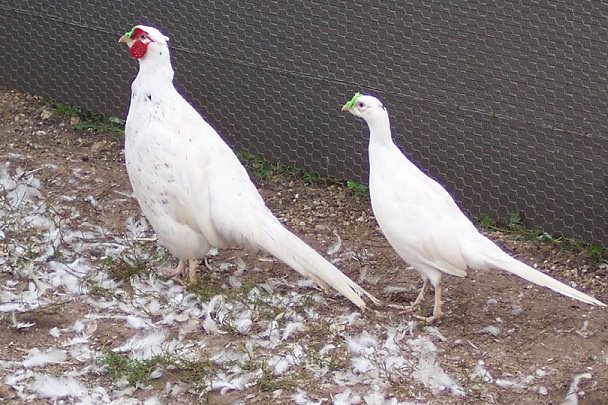
MacFarlane Pheasants Discusses Dietary Needs of White Pheasants
The White Pheasant Breeding Program is headed up by Research Manager, Kate Rollette. Her job includes hatching and raising white pheasants to advance the pedigree breeding stock and meet the growing needs of our Food Products Division. She recently shared her expertise about the changing dietary needs of these birds [...]
Read Post
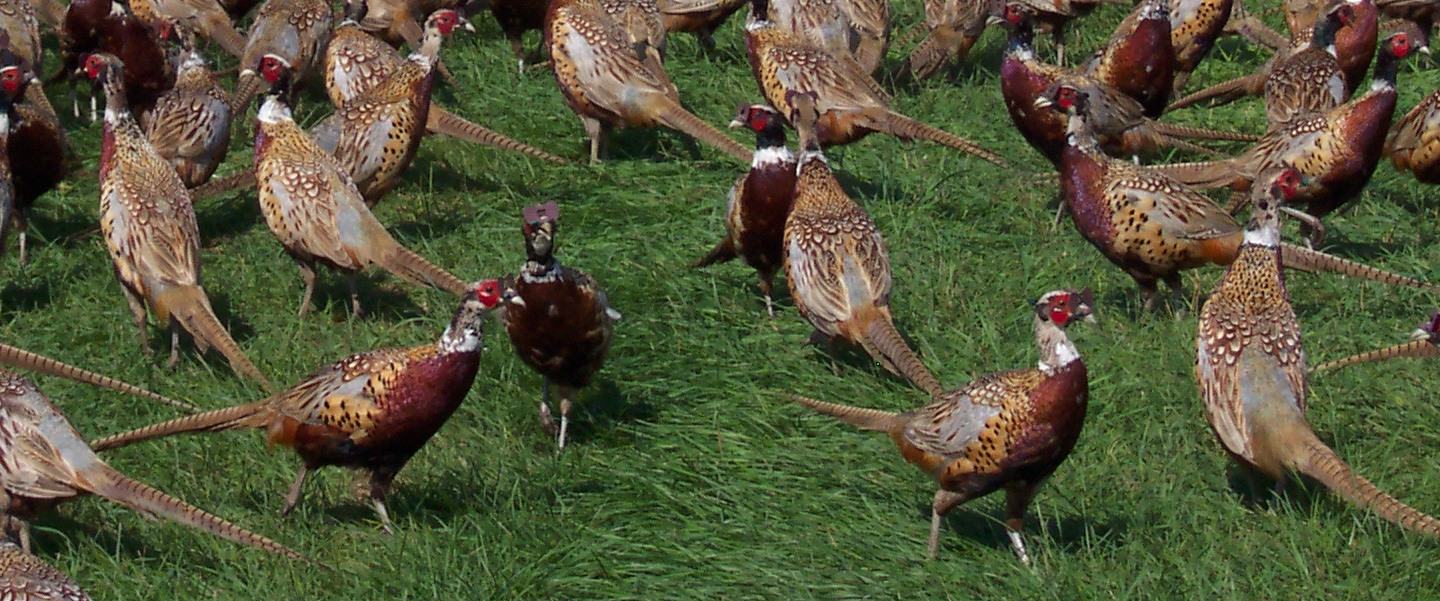
Who Benefits from Our Feed Truck?
The feed truck pictured here, has been in use for about a year now at MacFarlane Pheasants. In the past we had feed delivered from a third-party vendor. The feed truck purchase has definitely improved our ability to take charge of our feeding schedule and costs. Our truck holds 15-18 [...]
Read Post
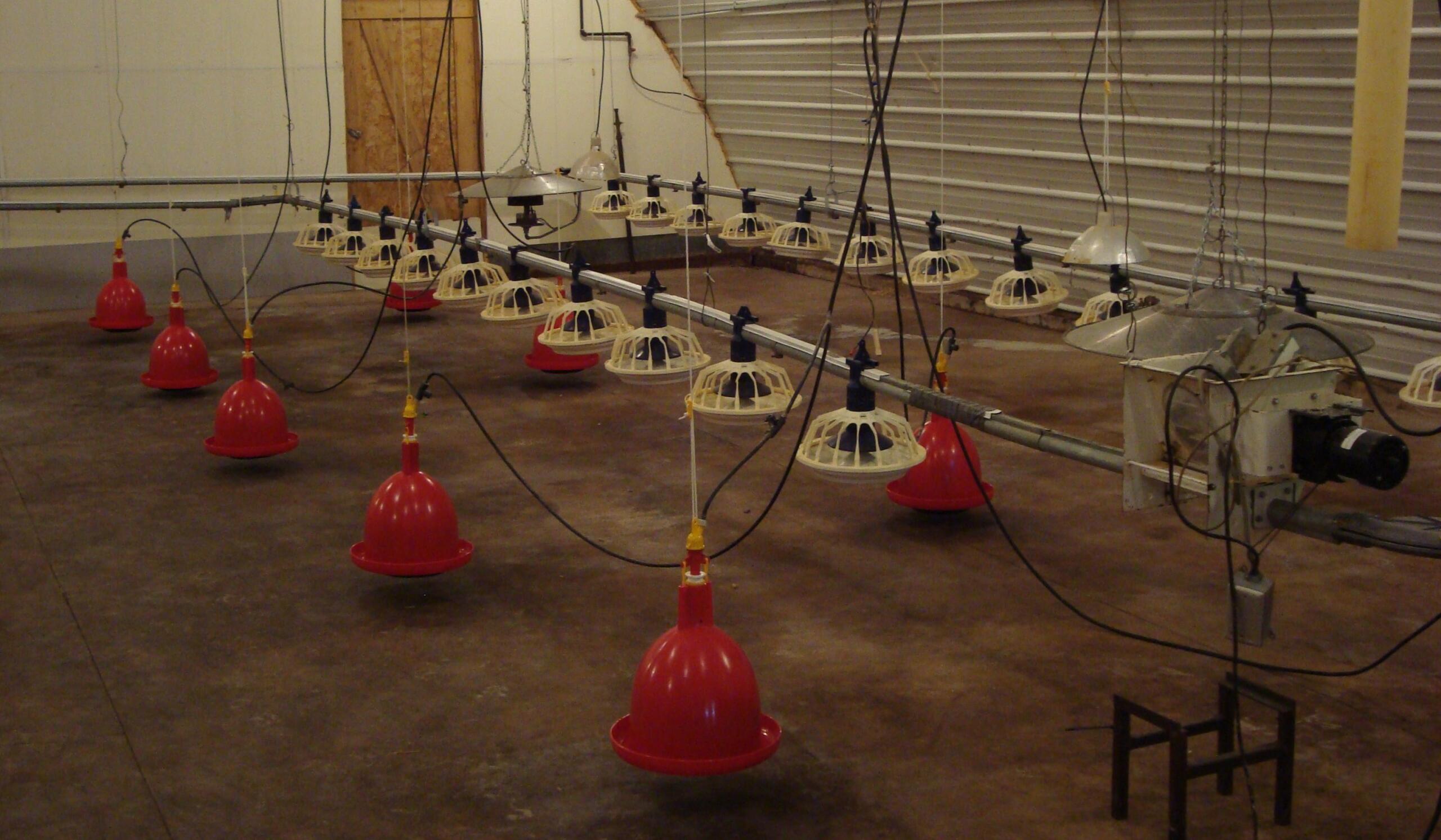
6 Feed and Water Procedures to Keep MacFarlane Pheasants Healthy
Feed and water are the life source for our game birds. Our system for making sure our pheasants and other game birds stay healthy, by receiving proper hydration and nutrition, has 6 main procedures: We check feed and water systems daily, and each time we enter a room or pen [...]
Read Post
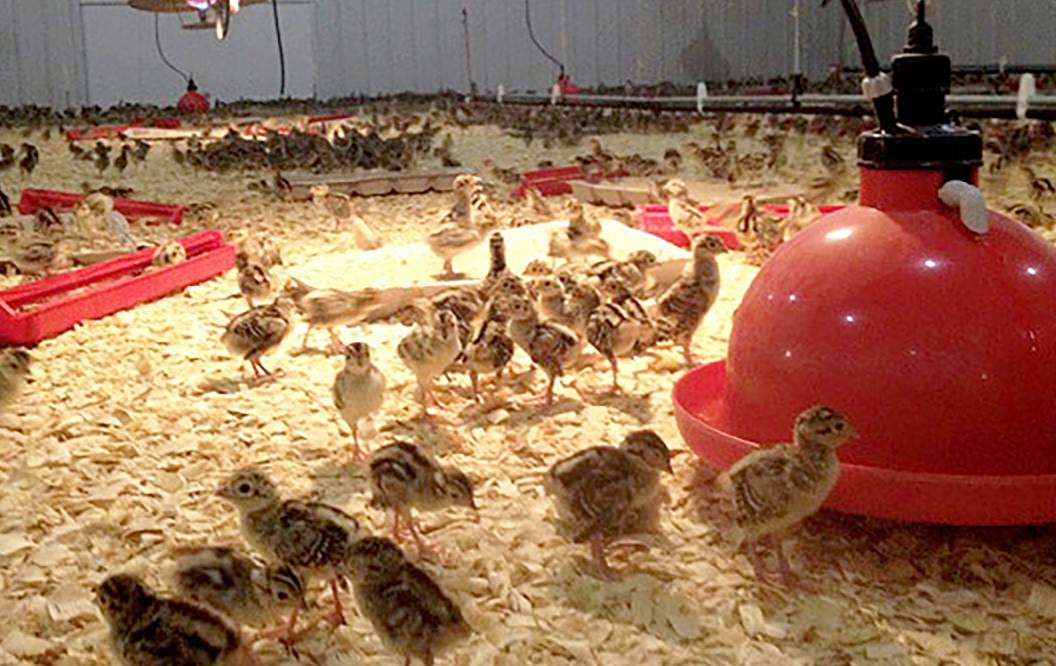
Feed and Water Systems-Critical Concerns
Maintaining your feed and water systems is critical to keeping your game birds healthy. Be prepared to spend time checking feed and water systems in all barns at least three times every day of the week. If there are problems with either of the systems that are not recognized in [...]
Read Post
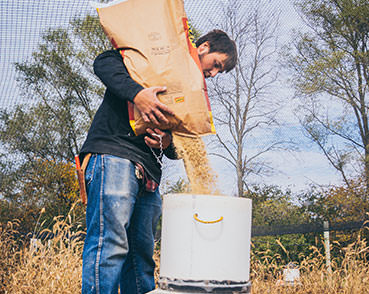
Feeding Pheasants | Pheasant Food
At MacFarlane Pheasant Farm, we take our protein very seriously. Years of work and study and hands-on research has shown us the optimum diet for raising healthy game birds on a farm. In the wild, pheasant food consists of grain, insects, worms, and pretty much anything they can peck at [...]
Read Post

Feed prices and their effect on Gamebirds prices
Nothing is sure but death and taxes . . . and that costs continue to go up when raising Gamebirds. Although I use pheasants as the focus of this article, the points made are just as true for partridges and quail. It takes about 18 lbs. of feed to raise [...]
Read Post
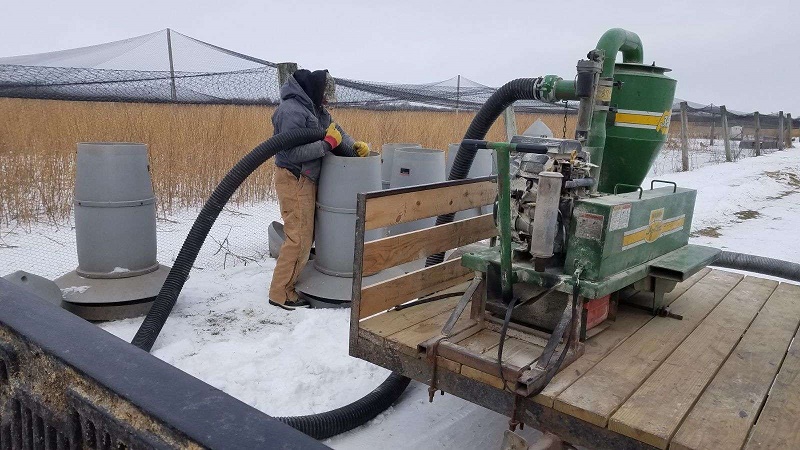
The Feed Vacuum
When it comes to building a better mousetrap, MacFarlane Pheasants is still looking, just like we’re always searching for ways to make our job easier. That’s the reason behind the feed vacuum, which we purchased three years ago and have implemented ever since. Far from a gimmick, the “feed vac” [...]
Read Post
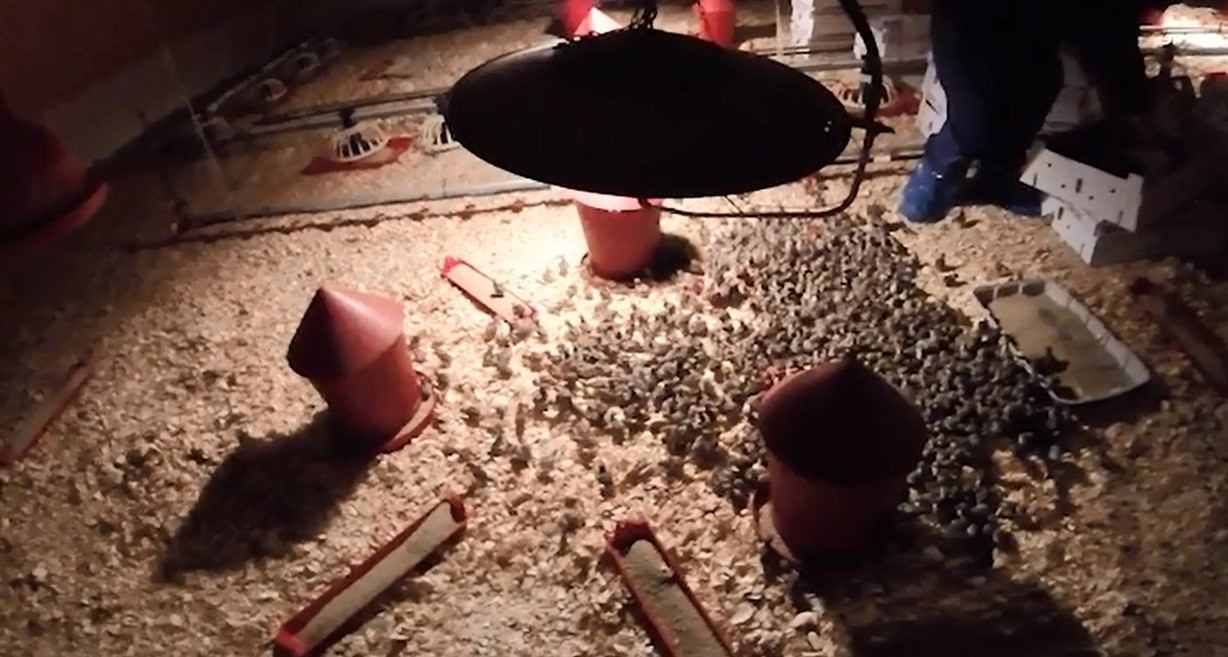
The Importance Of Feed And Water Space
At MacFarlane Pheasants, our approach to pheasant rearing is based on science and refined by experience. Nowhere is that more apparent than the care we take in the brooder barns, where we’ve developed time-tested ratios to ensure that every bird has a place at the feed and water stations. Everything [...]
Read Post

All Pheasant Feed Is Not Created Equal
Pheasant feed, just like sausages, come a wide range of qualities, and like many things in life, you get what you pay for. But a good feed’s importance can’t be overemphasized: it directly contributes to our birds’ performance in the hunt. That’s why MacFarlane Pheasants, America’s largest pheasant farm, goes [...]
Read Post

Feeder Space For Chicks And Mature Birds
Once a chick hatches, it is vital to get them to begin feeding as soon as possible. Not only does it give their bodies the proper nutrients required, but it also gets them into the habit of feeding. This is crucial in preventing any potential starve-out. Beginning when they are [...]
Read Post
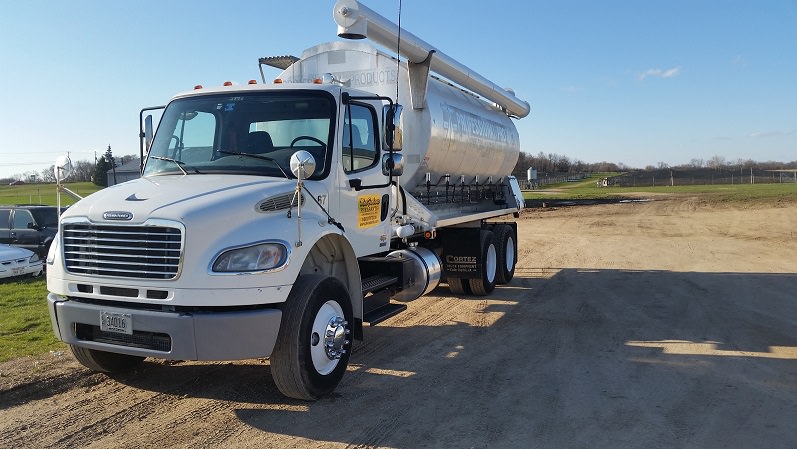
The Benefits of Contracting Feed
The main ingredients in feed are corn and soybean meal, thus the price of feed is directly related to the commodity markets. Higher markets mean higher feed prices. Lower markets translate into lower feed prices. These markets can be volatile and unpredictable at best. For this reason, contracting feed (locking in a price for [...]
Read Post

Advice on what protein % feed to use for your pheasants.
I’d like to share some of our thoughts and experiences with using different protein levels of feed for our pheasants. 40 years ago, we used three feeds – 30% protein pre-starter for chicks from day old up to 3 weeks, 26% protein starter til the birds reached 6 weeks and [...]
Read Post
